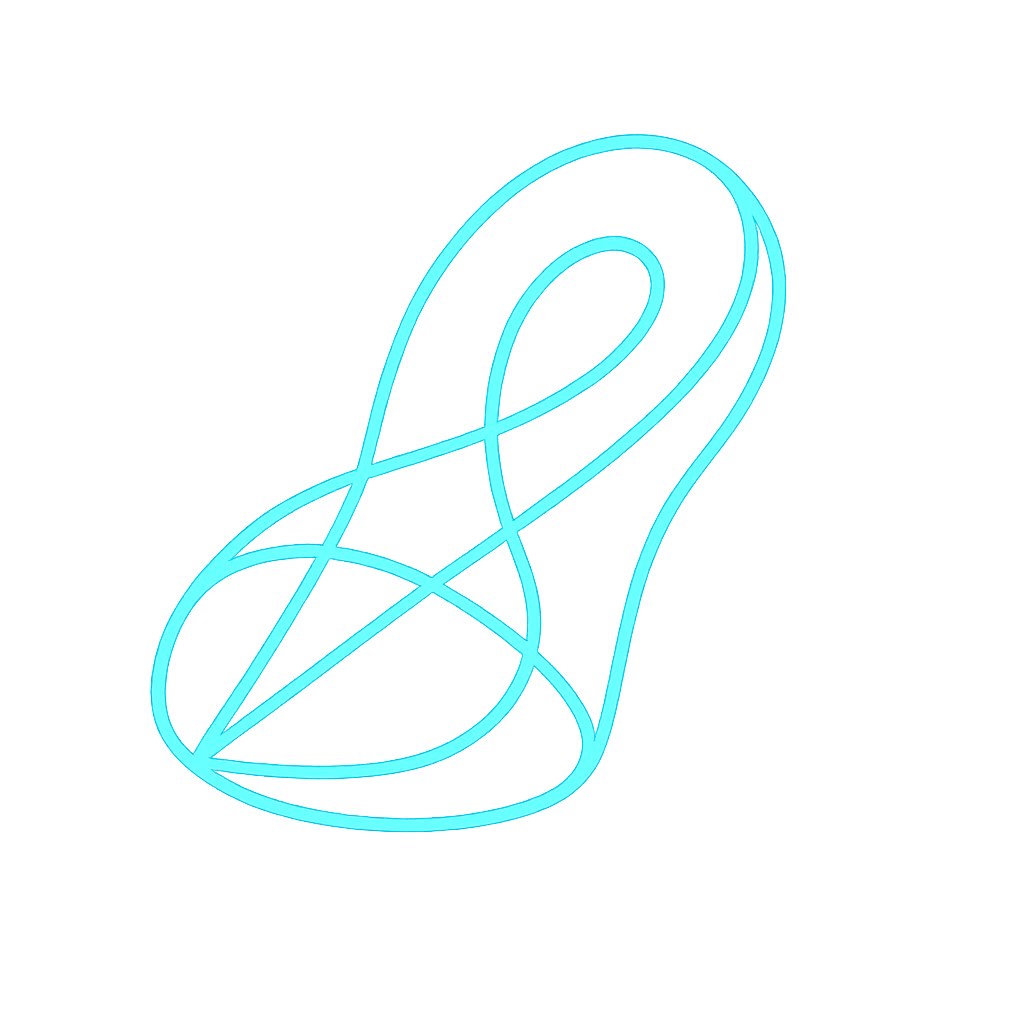Blog
The Universe is Flat
Published 2025-11-19
The Universe is Flat
Not metaphorically not kind of
According to our best technology deepest models and leading physicists in cosmology the universe is geometrically flat
It expands accelerates contains black holes dark matter and every visible structure yet when you zoom out and ask geometry for an uncompromised answer it reports
space follows euclidean rules
This is not speculation it is measured
Cosmic microwave background radiation
Baryon acoustic oscillations
Type Ia supernova distance mapping
High precision data stacks designed to test general relativity beyond fractional percent error margins
Conclusion
spatial curvature equals zero within current detectable limits
Most people do not expect that
They assume curving swirling cosmic machinery
Flatness sounds boring until you understand how extreme that statement is
How can everything including spacetime itself be flat
Why this breaks assumptions
Flat in this context does not mean two dimensional
It refers to geometry
If you built a triangle out of three galaxies and could measure the angles they would sum to exactly 180 degrees
That only happens in flat geometry
Curved surfaces such as planets behave differently
Most people never encounter this distinction so when I once mentioned this at a house gathering someone assumed I was a flat earther
Which was not only incorrect but deeply funny
I said
a cube is six times as flat as a line
A joke but mathematically aligned with the idea that flatness is geometric not dimensional
Three dimensional objects can exist within geometrically flat space
Flatness is not visually dramatic but conceptually it is the most radical option
Flat implies no boundary
Possibly infinite
And actively expanding
How we know with confidence
1 Acoustic horizon imprint
In the early universe around 380000 years post big bang pressure waves left a fixed scale embedded in the cosmic microwave background
This acts as a standard ruler
2 Angular measurement via satellite imaging
Missions such as WMAP and Planck measure how wide this ruler appears
Curved space would distort it
In observation it aligns with flat model predictions
3 Marginal curvature error around 0 point 4 percent
Current uncertainty places any curvature so close to zero that further clarity may require future generational instruments
4 Cross verification
Galaxy distributions studied via baryon acoustic oscillations
Distance calculations using supernova luminosity
Expansion rates captured through Hubble parameter data
All converge on geometric flatness
If spatial curvature exists it is small enough to evade current distinction from zero
What flat space implies
Two primary scenarios follow
- Infinite structure beyond the observable region
- Finite but topologically looping for example a 3d torus still geometrically flat interiorly
There is no center no edge
Galaxies appear to recede not because we occupy the middle but because space stretches uniformly at every point
Party clarification moment
Someone heard flat Earth
I clarified
it is not Earth that is flat it is reality at scale
Final statement
The universe is not curved like a sphere
Not wrapped like a spiral
Not warped like a lens
It is geometrically flat
And inside that flatness emerged gravity stars time life consciousness and the moment a single sentence at a party nearly unraveled someone’s understanding of the cosmos
Arguably the most curved moment in the entire discussion
Reference sources
- NASA WMAP data summary confirming spatial flatness within 0 point 4 percent
- Planck 2018 results combined with BAO and supernova constraints reporting Omega k approximately zero
- Observational studies on cosmic microwave background anisotropies
- BAO distance scale analyses across large galaxy surveys
- Type Ia supernova cosmological measurements
- Inflationary cosmology predictions indicating curvature suppression
- Friedmann Lemaître Robertson Walker metric framework establishing curvature classification
- Peer reviewed curvature constraint papers exploring closed universe models and compatibility with observational data

